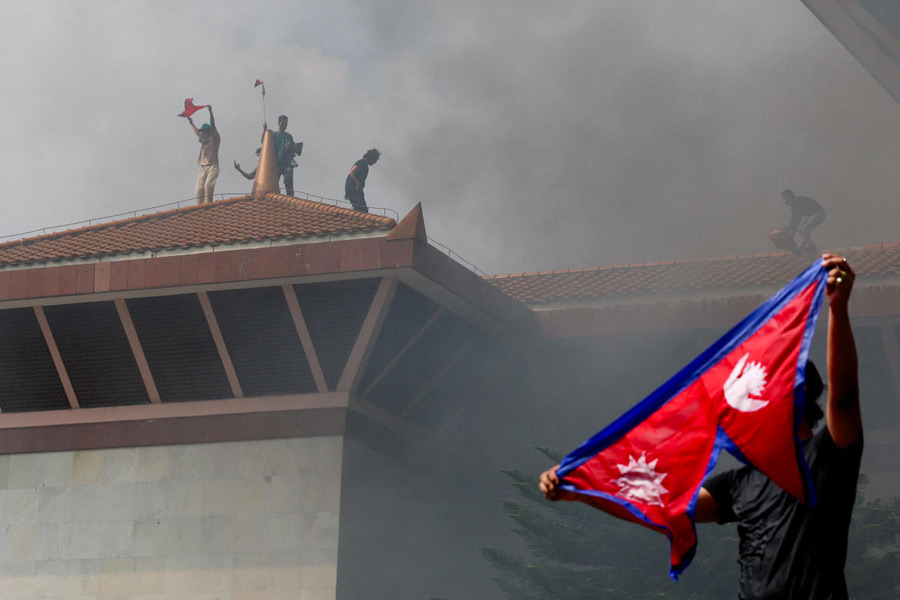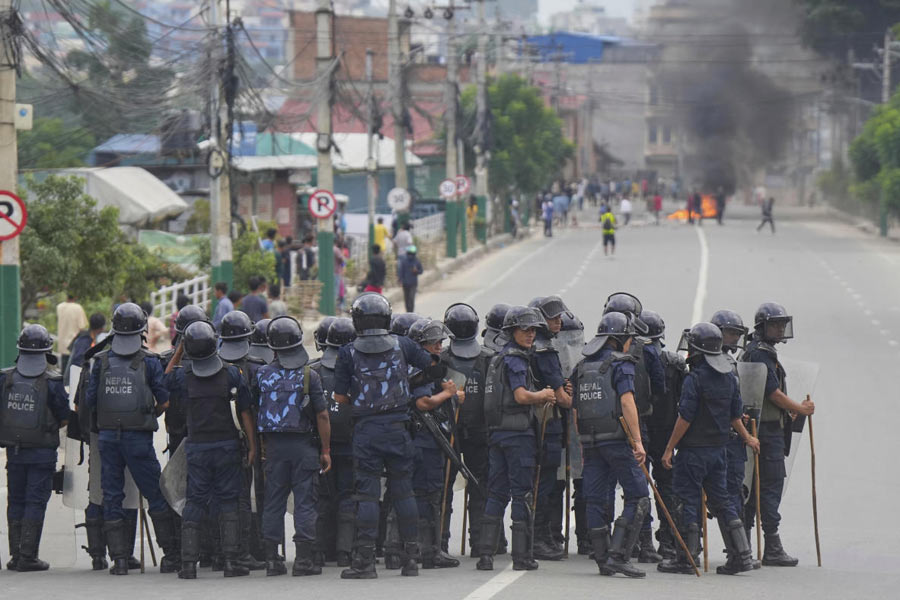 |
| Star crossed: An unnecessary non-bailable warrant was recently issued against actor Amir Khan |
Recently, a Delhi High Court judge virtually ordered a lower court judge to go back to school and come back with better knowledge of the judicial process. Reprimanding additional sessions judge Rakesh Tewari of Delhi’s Karkardooma Court, Justice V.B. Gupta of the Delhi High Court said, “It would be appropriate if he undergoes a refresher course at the Delhi Judicial Academy in criminal law and procedure for three months at the earliest.”
So what had Tewari done to incur the wrath of Justice Gupta? On the face of it, nothing that seemed out of place. Tewari had issued a non-bailable arrest warrant against a man named Raju, who allegedly stole electricity. It’s a petty crime, which does not fall in the Indian Penal Code’s (IPC) “non-bailable” offences category. But then, as legal experts point out, judges or magistrates are empowered by the Criminal Procedure Code (CrPC) to issue a non-bailable arrest warrant if they consider it necessary to do so, even when the offence is bailable.
“It is a matter of judicial interpretation whether or not to exercise this power,” explains criminal lawyer Joymalya Bagchi of the Calcutta High Court. But Bagchi also points out that the power is exercised only in “exceptional circumstances”.
So what are these “exceptional circumstances” under which a judge or magistrate can issue a non-bailable arrest warrant, which would prevent a person arrested from getting out on bail?
Arnab Ghosh, advocate, Calcutta High Court, explains that the first consideration is whether or not the offence is serious enough to demand that the accused be denied bail. “If a person is accused of a crime which is categorised as ‘bailable’ — petty theft, for instance — the court issues him a ‘bailable’ warrant at the first instance, which allows him the provision of being granted bail by the court. Only if the accused fails to make an appearance in spite of the first summons or is understood to be making an attempt to evade arrest, abscond or flee does a judge or magistrate exercise his power to issue a non-bailable arrest warrant.”
Unfortunately, there have been a number of instances in recent times of what the legal community calls the “abuse” or “misuse” of this provision, prompting the Supreme Court of India to reiterate the circumstances under which non-bailable arrest warrants are to be issued.
In an order dated October 9, 2007, the apex court brought out a set of guidelines to be adhered to for issuing non-bailable arrest warrants. The bench — comprising Chief Justice K.G. Balakrishnan, Justice R.V. Raveendran and Justice Dalveer Bhandari — stated, “As far as possible, if the court is of the opinion that a summons will suffice in getting the appearance of the accused in the court, the summons or the bailable warrants should be preferred. Non-bailable arrest warrants should be issued to bring a person to court when summons of bailable warrants would be unlikely to have the desired result.”
Clearly, the court believes that a person’s right to liberty is under threat if a non-bailable warrant is issued without good reason. “Personal liberty is paramount,” the Supreme Court order noted. “As the issuance of non-bailable warrants involves interference with personal liberty and arrest, and imprisonment means deprivation of the most precious right of an individual’s liberty, the courts have to be extremely careful before issuing non-bailable warrants.”
The unnecessary issuing of non-bailable warrants takes its toll on the jails, too. “It puts a load on the undertrial prisoner population in the 52 jails across West Bengal,” says the Inspector General of Correctional Services (Prisons), West Bengal, B.D. Sharma. “The Supreme Court guidelines will curb misuse of the provision for issuing non-bailable arrest warrants.”
This is an issue that has created controversy time and again. In 2004, a television channel conducted a sting operation to expose how easy it was for people to secure non-bailable arrest warrants by paying bribes. Though the television channel and the reporter who conducted the sting operation were subsequently served court notices by the apex court for questioning legal authorities, the “cash-for-warrant-scam”, as the operation was called, managed to secure non-bailable arrest warrants against the then President, A.P.J. Abdul Kalam, among others.
More recently, actor Aamir Khan was served with a non-bailable arrest warrant. This was after a complaint was filed against him accusing him of showing disrespect to the national flag. The basis of the complaint was that the actor was present as the chief guest at an event where the national flag was not lowered to half-mast after sundown as per the norm. Subsequently, the non-bailable arrest warrant was quashed by a higher court, which is empowered to do so by Section 482 of the CrPC.
In fact, to counter such occurrences, the Supreme Court verdict lists among its guidelines the caveat, “The court must very carefully examine whether the criminal complaint has been filed with an oblique motive. The warrants, either bailable or non-bailable, should never be issued without proper scrutiny of facts and complete application of mind.”
The Supreme Court guidelines, however, also address the need to issue non-bailable arrest warrants when absolutely necessary. “Just as liberty is precious for an individual, so is the interest of society in maintaining law and order. Sometimes in the larger interest of the public and the state it becomes absolutely imperative to curtail the freedom of an individual for a certain period. Only then should non-bailable warrants be issued.”










